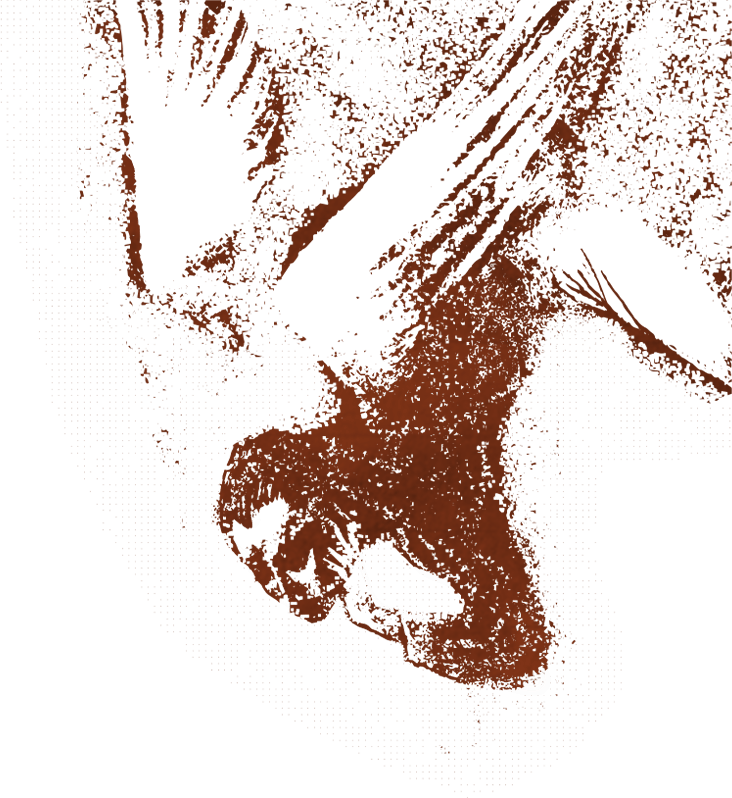‘The canonical gospels and the creeds are not in fact presenting the same picture’ (p 11). The creeds (eg Apostles Creed, Nicene Creed) make no mention of what Jesus did or said between his birth and his death. The creeds ignored the central theme of the four gospels; they omit the story of Jesus’ actual life and the meaning this story conveys.
What Wright finds in the four gospels is the challenge that ‘G-d has really become king, in and through Jesus’ (p 27). And Paul repeats the theme: ‘the story of Jesus is the story of how Israel’s G-d became king. In the events concerning Jesus of Nazareth, the G-d of Israel has become king of the whole world’ (p 38).
The key to understanding the New Testament writings is to centre on the cross that allows us to ‘take over the world not with the love of power but the power of love, when the kingdom of G-d overcomes the kingdom of the world’ (p 239).
Read more ›
